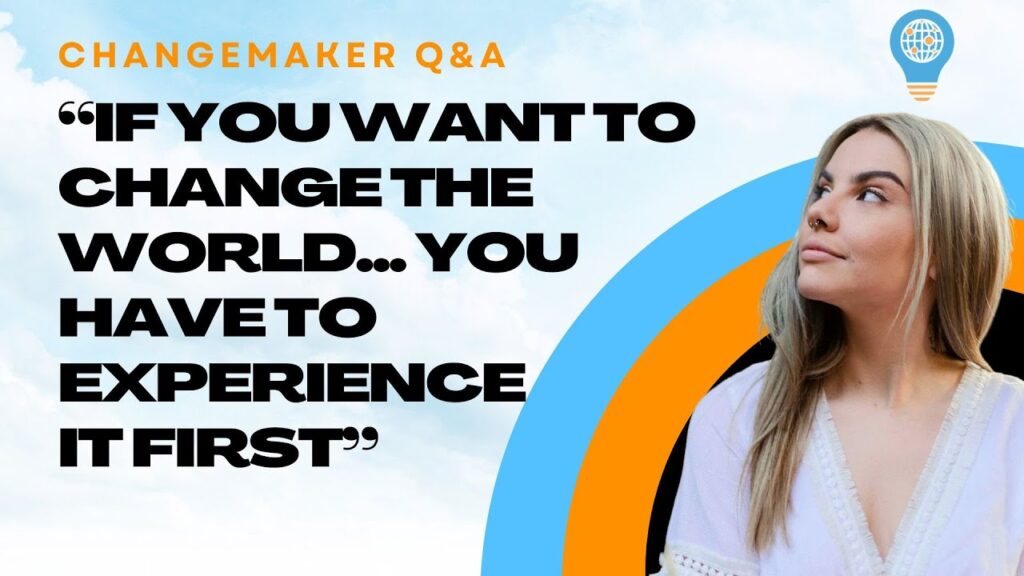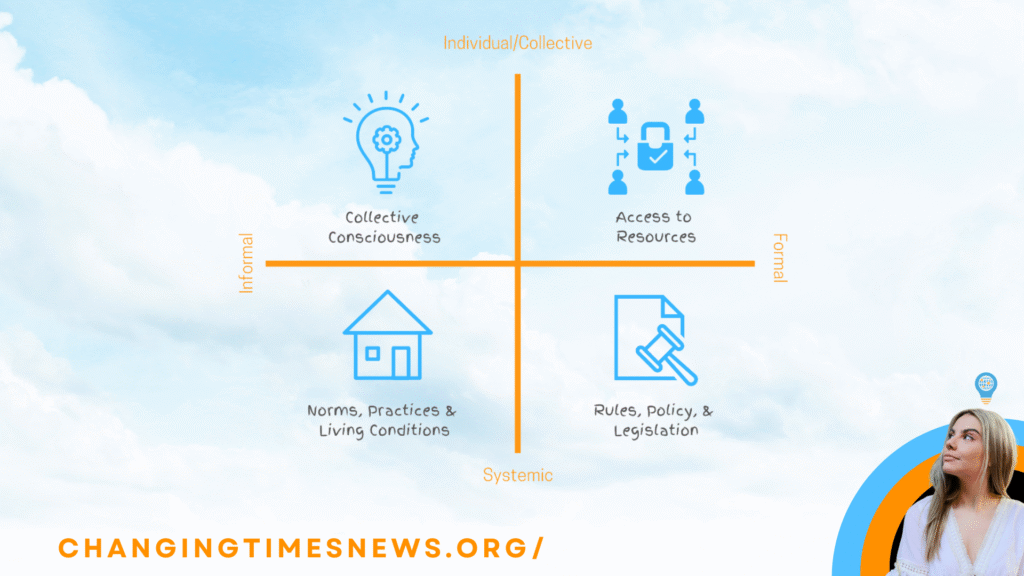When most people hear the word hip hop, they picture beats, rhymes, and street style — a genre of music that’s dominated global charts for decades. But as journalist, podcaster, and scholar Manny Faces reminds us, hip hop is far more than a sound. It’s a culture, a worldview, and, crucially, a framework for building more just and connected communities.
In the latest episode of Changemaker Q and A, Manny Faces joins host Tiyana J to unpack what hip hop can teach us about creating social change — not just through lyrics, but through the deeper cultural DNA that birthed the movement.
From the Bronx to the World
Hip hop was born in the 1970s in the South Bronx — a place then marked by poverty, disinvestment, and political neglect. Out of this scarcity came innovation: young people reimagined turntables as instruments, city walls as canvases, and language itself as a weapon of resilience.
“It didn’t invent anything,” says Manny Faces, “but it reinvented everything.”
That spirit of reinvention — of remixing what already exists to meet community needs — remains central to the culture. Hip hop’s four artistic elements (DJing, MCing, breaking, and graffiti) are bound by a fifth: knowledge — of self, community, and context. Together they form a framework for creative resistance and renewal.
Remix Culture in Action
Hip hop’s “remix mindset,” Manny explains, has quietly transformed sectors from education to mental health to activism.
In New York, for instance, the Fresh Prep program used hip hop to help students retake and pass standardized exams — with an 80 percent success rate after prior failures. In the therapeutic world, scholar Dr. Ian Levy has turned counseling offices into recording studios, allowing young people to process trauma through lyrics instead of essays.
And in Alabama, psychologist and former congressional candidate Dr. Aea Winfrey uses hip hop’s language and community ethos to mobilize civic participation among marginalized voters.
These examples illustrate how hip hop’s adaptive, collaborative energy can be applied far beyond the stage. Rather than tearing down systems, the culture shows how to remix them — taking what exists and reshaping it to better serve the people.
The Circle as a Blueprint
One of hip hop’s most enduring symbols is the cipher — a circle of artists who take turns sharing verses while the community surrounds and supports them. For Manny Faces, the cipher represents equity, inclusion, and shared visibility — the very values that social movements strive to cultivate.
The idea has ancient roots in drum circles and healing rituals, but hip hop reimagined it for modern times. As author and artist Toni Blackman has written in The Wisdom of the Cipher, the circle becomes “a space where everyone belongs.” It’s also an example of what educators now call social and emotional learning — a concept hip hop embodied long before the term became popular.
A Global Cultural Language
Today, hip hop is one of the few truly global movements that transcends language, politics, and religion. From classrooms in the Bronx to community centers in Nairobi, it provides what Blackman calls a “passport” — a shared cultural code that connects people across divides.
According to a 2023 report from the UNESCO Hip Hop Roadmap, the art form is increasingly recognized as a driver of youth engagement and social inclusion. Its adaptability and authenticity make it a uniquely potent tool for civic dialogue and collective empowerment.
Storytelling as Social Technology
At its core, hip hop is about storytelling. “We make sense of the world through stories,” Tiyana J observes in the episode — and hip hop, she adds, “helps people find language for their lived experience.” That storytelling power can bridge generations, heal communities, and transform abstract policy into human truth.
As Manny Faces argues, if activists and educators learn from hip hop’s methods — its remixing, its circles, its storytelling — they might discover new ways to spark participation and belonging. “Nothing,” he says, “brings people together across all demographics and ideologies quite like hip hop.”


